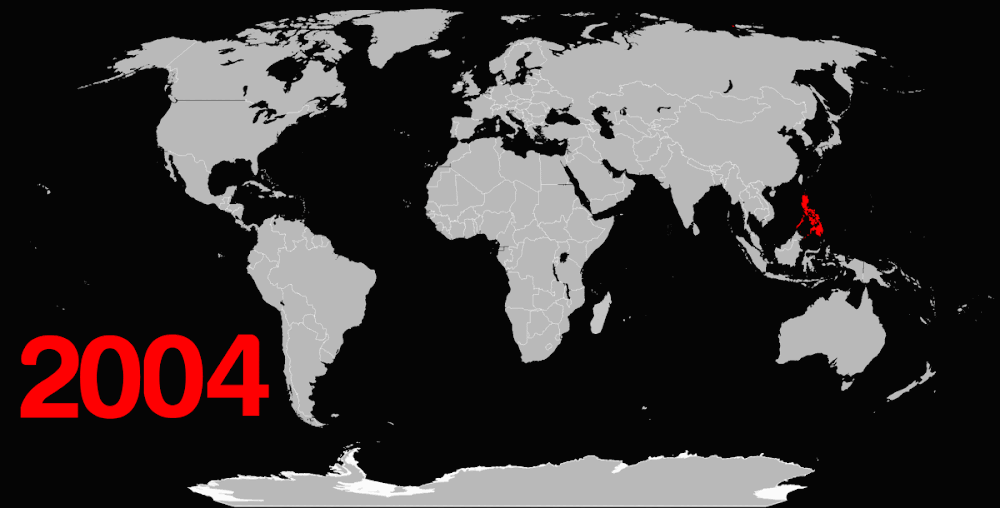The book I am using is Contemporary
Japanese Vol. 1 by
Eriko Sato from the Tuttle Language Library. Volume
1 of the book has 61 lessons. Target end date is March 20, 2012.
MONDAY: Lesson Twenty Three – デパアトにいきまえんか
Today we do suggestions. There are two
ways. The first one is by adding the suffix ~ませんか which would give the meaning of “How
about ---“. In short, a suggestion. 食べませんか would roughly translate to How
about we eat? The other one, the
suffix ~ましょう means “Let’s!” It also is a suggestion but more of an invitation as
opposed to the other one which is more like a question. 食べましょう means Let’s
eat! How do you decline? Remember ちょっと? It means “a little”. Use that. It would automatically mean to the other
person that the idea is a bit off for you.
TUESDAY: Lesson Twenty Four – カラオケバーにはよく行きますか
Adverbs of frequency were the grammar lesson for today.
We have a total of four. For the positive ones we have often
よく and sometimes
ときどき . For the negative ones we have seldom
あまり and never
ぜんぜん . Here is the catch. For the two
negative adverbs, we have to use the negative form of the verb, which would
really be a source of confusion for English speakers. For that, when you want to
say that you never go to university, you have to say 大学にぜんぜん行きません instead
of大学にぜんぜん行きます which they consider to be
ungrammatical. Your brain might then translate the grammatically correct
sentence as “I never don’t go to university”.
WEDNESDAY: Twenty Four – カラオケバーにはよく行きますか
We use でも after one sentence to introduce a
contrasting statement that follows. In that case, it seems to be the equivalent
of the English but/however. The second grammar point is about particle
combinations. The particle ~に could
combine with either ~もor ~は. However,
both ~が and ~を could not. Why? I don’t know. The book says so.
THURSDAY:
Lesson Twenty Five –大学には何で来ますか
Today we have
proportional frequency to discuss! We only have two so stay with me on this one.
The first one means always
and
it is written as いつも while the
other one means usually and is
written as たいてい. How do you use them? The same way you use the
adverbs of frequency. They usually come in second place in terms of word order,
meaning they follow whatever the subject is. I don’t know if it could be more
flexible than that. I am guessing that as long as it comes before the verb, it
would be fine. But don’t take my word for it. Last, we have a filler that
denotes sequence in a series of events. If you are telling a story and you
would like to say next, say それから before saying the next sentence.
FRIDAY: Lesson Twenty Five –大学には何で来ますか
We go back to
particles as the last lesson for this week. We have three! ~間 is one of the new Kanji of the
day presented in the video. This is added as a suffix to a period of time
(minutes, hours, take your pick!) to mean how long. In short, duration. 2時 is two
o’clock but 2時間 means two
hours. See the difference? ~ぐらい means approximately
and usually follows phrases formed with the
first suffix we discussed for today. Almost two hours would be 2時間ぐらい. The
last one means by/with/in/at and is
represented by the suffix ~で. In Japanese is 日本語で, in the room is へやで, with chopsticks is はしで.
For next week
I would be covering lesson twenty six until the first half of lesson twenty eight.
We can do this guys! The
goal is to pass the N5 examination of the JLPT in December 2012! =)



_poster.jpg)



2 creature(s) gave a damn:
hindi ko alam kung slow talaga ako o sobrang taas ng IQ mo kasi sinubukan ko yan,hirap talaga ako.gaano ka na ba katagal nag aaral nyan?
@melvin - Try starting at lesson 1. Ilang beses ko na rin kasi paulit ulit na napag-aralan yang mga chapters na yan e. In fact, yun ang problema ko when I learn languages. I get stuck in one level kasi gusto ko paulit ulit hanggang hindi perfect, which is good in a way, but it actually hinders progress, HAHA.
I also attend classes at the Nihongo Center Foundation in Makati. Kaya mo yan, better if you buy a copy of the book. Maraming resources for Japanese, sobra. You just have to find one that suits your language learning style.
Post a Comment